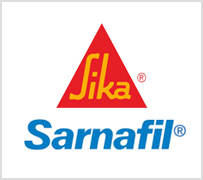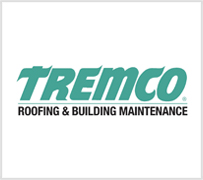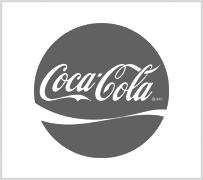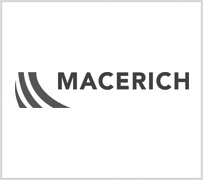
Home / News / Roofing Industry Embraces Recycling

Recycling isn’t just for consumers these days. The roofing industry has embraced recycling with open arms. The industry has tackled the daunting task of recycling used roofing materials at the end of their useful lifespans — an estimated 5 percent of building-related landfill waste is from asphalt shingles alone.
We mentioned in past articles that newer materials are increasing energy efficiency and are improving long-term durability. However, we haven’t yet covered new innovations for recycling used materials. Roofing membranes, the layer below the shingles, tiles or other materials, has been recycled for years. It used to be ground up and reused for general use walkway pads. New advancements now allow it to be used as the backside for newly manufactured membranes. Nearly 1 billion pounds is being recycled every year, according to the Vinyl Institute in Virginia.
Metal roofing today contains between 25 and 95% recycled materials, and with new coating and other technological improvements, metal roofing’s sustainability and durability has dramatically increased. In fact, metal is 100% recyclable, making metal roofing a great green choice.
EPDM or ethylene propylene diene terpolymer is used extensively on low-slope commercial buildings. This synthetic rubber, while extremely durable, does eventually need to be replaced. Happily, a growing number of recycling centers nationwide now handle EPDM. Because it lasts a long time and can be recycled, EPDM is rapidly becoming a material of choice for green roofing companies.
As asphalt shingles are the most popular roofing material for homes in the U.S., disposing of the vast amount of waste once posed a problem as it comprised a huge percentage of landfill waste. Now the shingles are recycled and remade into new asphalt shingles. Many roofing contractors found that their environmentally aware customers loved the idea of using recycled shingles on their homes or businesses. In addition, if the shingles are not recycled into new shingles, they can be ground up for asphalt paving of U.S. roadways. Owens Corning estimates that shingle debris of an average American home could pave up to 200 feet of a two-lane highway.
In all instances, the tear off process of the roofing materials is critical. If all layers are carefully separated, then recycling becomes an easy process. Contractors must separate the materials from other waste and prepare for proper transport to a recycling center.
Because the industry is so focused on recycling, the demand for virgin materials is decreasing and far fewer materials are ending up in landfills.











